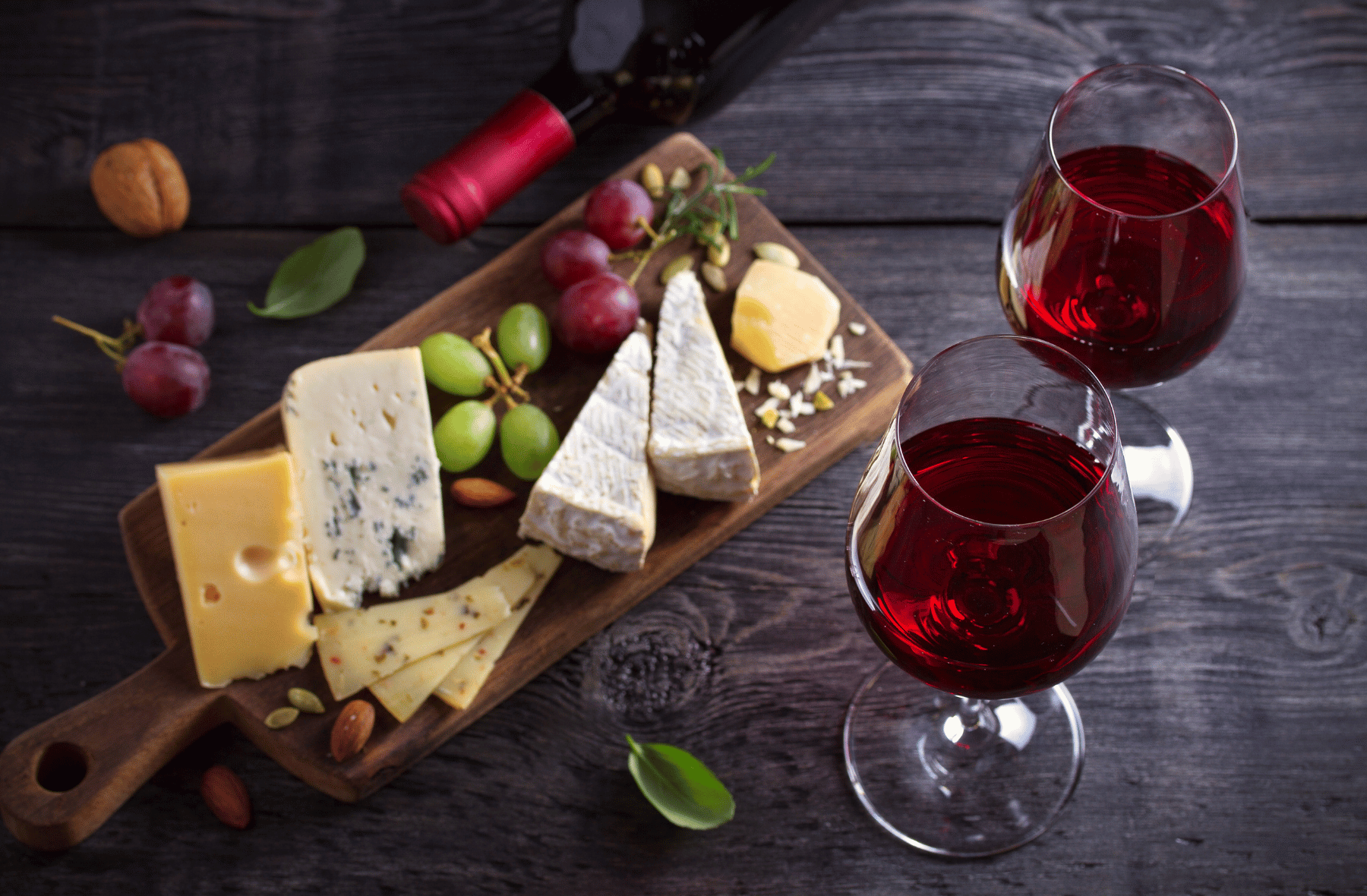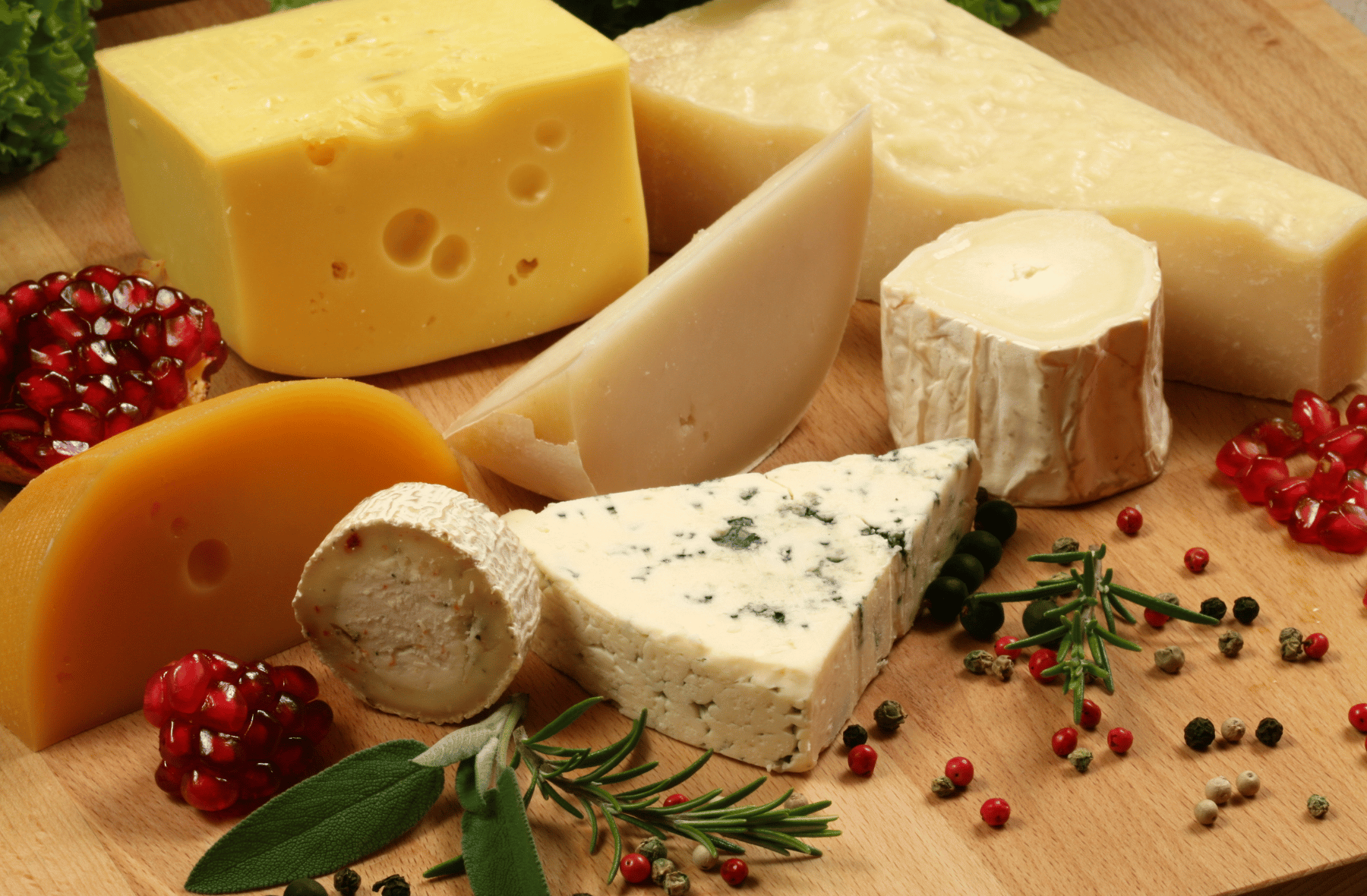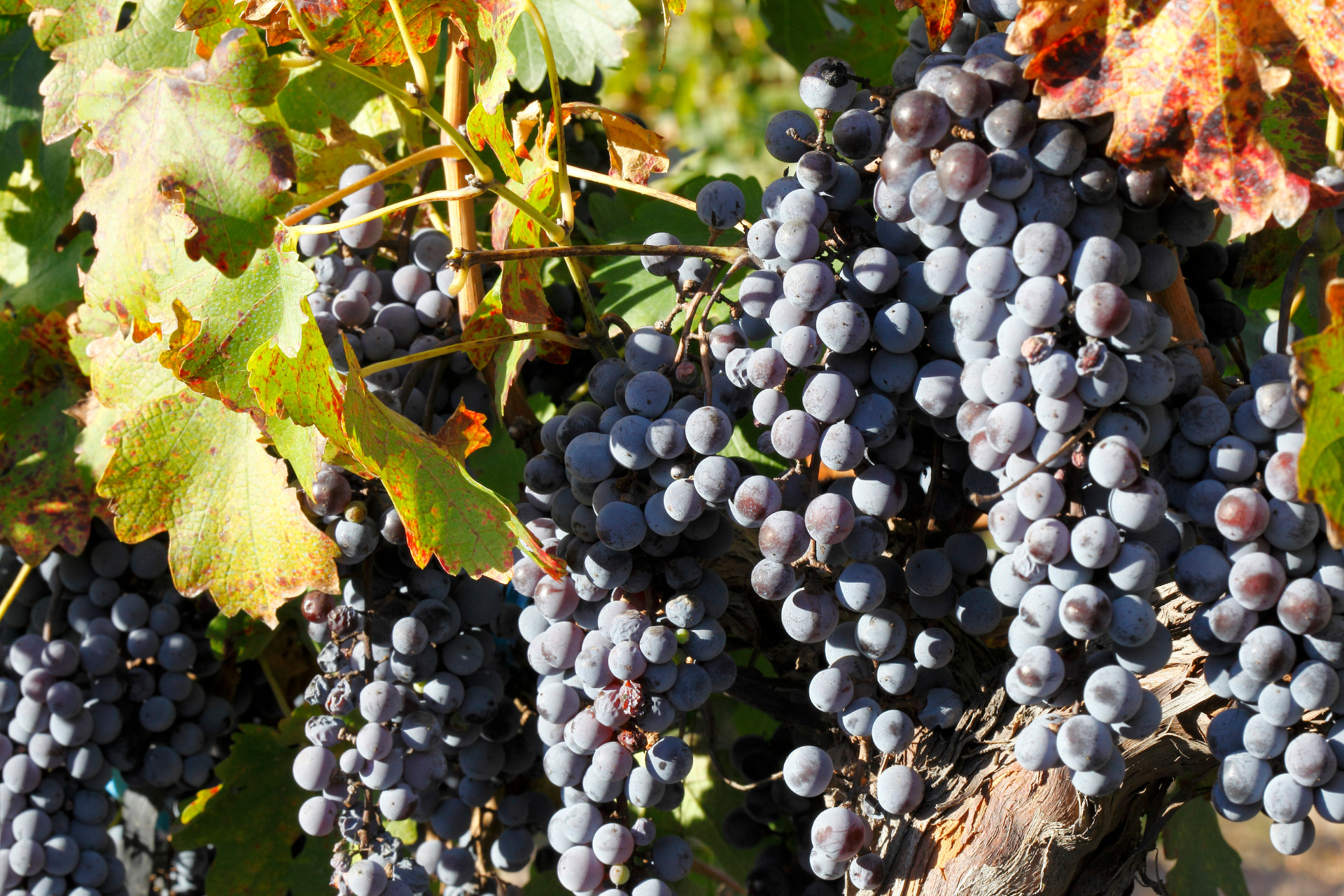Wine and Cheese Pairing Basics
Wine and Cheese Pairing - The Basics

How to Find the Perfect Wine and Cheese Pairings
Wine and cheese pairing is an art that has delighted palates for centuries, blending flavors, aromas, and textures to create a harmonious tasting experience.
The right combination can elevate both the wine and the cheese, bringing out nuances you wouldn’t experience if each were enjoyed on its own. But with so many varieties of both wine and cheese, knowing where to start can be challenging.
Here’s a guide to finding that perfect pairing, from understanding flavour profiles to expert tips on which wines pair best with specific types of cheese.
1. Understanding Basic Flavour Principles
A successful wine and cheese pairing begins with understanding the fundamental flavour principles that make certain combinations work well together.
Here are some of the main ones:
- Contrast and Complement: One classic approach is to either contrast or complement flavours. For example, a sweet wine like a Riesling or Moscato can complement the saltiness of a blue cheese, while a creamy Brie pairs well with a crisp, acidic Chardonnay to create a balanced contrast.
- Intensity Matching: Wines and cheeses vary in intensity, and pairing them accordingly is key. Mild cheeses like mozzarella or goat cheese pair best with lighter wines, while stronger cheeses like aged cheddar and blue cheese work well with bolder wines like Cabernet Sauvignon or Port.
- Regional Pairings: Traditionally, wine and cheese from the same region tend to pair well together, as they often share terroir characteristics. A French wine, like a Bordeaux, pairs naturally with French cheeses such as Camembert or Comté, and an Italian Chianti complements Parmigiano-Reggiano beautifully.
2. Knowing the Types of Cheese and Wine
To find the best combinations, it's helpful to categorise cheese and wine types.
Here’s an overview of each:
Types of Cheese
- Fresh Cheeses: These are soft, creamy cheeses that aren’t aged, like ricotta, mozzarella, and burrata. They have a light, delicate flavour and pair well with light, crisp wines.
- Bloomy Rind Cheeses: With a soft, often white rind, these cheeses, such as Brie and Camembert, are creamy and buttery, offering mild flavours.
- Semi-Hard Cheeses: This group includes gouda, Emmental, and young cheddar. They tend to be nutty, creamy, and have more structure, pairing well with medium-bodied wines.
- Hard Cheeses: Cheddar, Parmigiano-Reggiano, and aged gouda are rich and intense in flavour, requiring a wine that can stand up to their boldness.
- Blue Cheeses: Characterized by a blue or green mold, like Roquefort and Gorgonzola, these cheeses are strong, salty, and tangy. They often pair well with sweet or fortified wines that can balance their intensity.
Types of Wine
- White Wines: Chardonnay, Sauvignon Blanc, and Riesling are among the most popular white wines, offering a range from crisp acidity to full-bodied creaminess.
- Red Wines: Merlot, Cabernet Sauvignon, and Pinot Noir are popular red options with flavour profiles from light and fruity to bold and tannic.
- Rosé Wines: Rosé wines, often with a mix of red and white characteristics, are versatile, making them a good middle-ground choice.
- Sparkling Wines: Champagne, Prosecco, and other sparkling wines have high acidity and bubbles, which cleanse the palate between bites, ideal for rich, creamy cheeses.
- Sweet and Fortified Wines: Port, Moscato, and Sauternes offer sweetness that complements bold or salty cheeses.

3. Classic Pairings
Some wine and cheese pairings are classics because they’ve stood the test of time.
Here are a few classic combinations:
- Brie and Champagne: The creaminess of Brie pairs perfectly with the bubbles in Champagne, as the high acidity of the wine cuts through the fat in the cheese, creating a balanced palate.
- Aged Cheddar and Cabernet Sauvignon: The strong, nutty flavours in aged cheddar complement the bold tannins in Cabernet Sauvignon. The wine’s structure holds up to the cheese’s richness, allowing both flavours to shine.
- Goat Cheese and Sauvignon Blanc: Goat cheese, with its tangy acidity, is beautifully balanced by a crisp, high-acid Sauvignon Blanc. The wine’s grassy notes are a natural companion to the cheese’s earthy flavour.
- Blue Cheese and Port: The saltiness of blue cheese finds a natural partner in the sweetness of port, creating a harmonious mix of salty and sweet.
4. Tips for Creating Unique Pairings
While classic pairings are tried-and-true, experimenting can lead to some memorable experiences.
Here are tips to guide you in creating unique pairings:
- Experiment with Texture: Texture can play a big role in pairing. Soft, creamy cheeses work well with wines that have a high acidity to cleanse the palate, while harder cheeses can stand up to tannic, fuller-bodied wines.
- Sweet with Spicy or Salty: Don’t shy away from pairing sweet wines with spicy or salty cheeses. This contrast brings out layers of flavour that might otherwise be hidden. For example, try a semi-soft cheese like Manchego with a sweet sherry.
- Balance Acidity with Acidity: When pairing cheese with high-acid wines, ensure the cheese has a sharpness or tang to match the acidity of the wine. This balance prevents either the wine or the cheese from overwhelming the palate.
5. The Art of Tasting Wine and Cheese Together
To fully appreciate wine and cheese pairings, it’s essential to understand the process of tasting:
- Cleanse Your Palate: Before you start, drink some water or eat a plain cracker to clear your palate.
- Take Small Bites and Sips: First, take a small bite of the cheese and let it coat your palate. Follow it with a sip of wine, allowing the flavours to mix and evolve in your mouth.
- Note the Texture and Flavor Evolution: Pay attention to how the flavours and textures change. A well-paired wine will enhance the cheese’s flavors and vice versa.
- Alternate Sips and Bites: For the full experience, alternate between sips of wine and bites of cheese. This repetition lets you explore the full range of flavours and textures.

6. Wine and Cheese Pairing by Occasion
Consider the occasion and the atmosphere when choosing wine and cheese pairings.
Here are some pairing ideas based on different settings:
- Casual Gatherings: For a relaxed atmosphere, like a picnic or a casual get-together, opt for light, easy-drinking wines like a Sauvignon Blanc or a Rosé with fresh cheeses like mozzarella or goat cheese.
- Formal Dinners: If you’re hosting a more formal dinner, consider classic pairings like aged cheddar with Cabernet Sauvignon or Camembert with Chardonnay to impress guests with refined choices.
- Dessert Pairings: For dessert, pair a strong blue cheese with a Port or a Gorgonzola with a sweet Sauternes. These wines’ sweetness provides a perfect end to the meal.
7. Final Tips for Pairing Success
To make the most of your wine and cheese pairings, here are a few extra tips:
- Room Temperature Matters: Serve both wine and cheese at the right temperature. Most cheeses taste best at room temperature, allowing the flavors to open up, while wine should be slightly chilled, depending on its type.
- Start Light, Move to Bold: If you’re serving multiple pairings, start with lighter wines and cheeses before moving to richer, bolder flavours. This progression keeps the palate from becoming overwhelmed too early.
- Use Quality Products: The quality of both the cheese and the wine matters. Investing in good cheese and wine will enhance the experience, allowing the full complexity of the flavours to come through.
8. Experiment and Enjoy!
Finding the perfect wine and cheese pairing is both an art and a science.
While guidelines and classic pairings are a great starting point, don’t be afraid to experiment and trust your palate.
Personal preference plays a big role in pairing success, and often, the best combinations come from trying different options.
Invite friends over for a tasting, and discover the pairings that you enjoy most. With time, you’ll develop a greater appreciation for the intricate world of wine and cheese, turning each pairing into a memorable experience.
Wine and Cheese Affair News


